The Chicago Department of Transportation unveiled the Cermak/Blue Island Sustainable Streetscape on Oct. 9, 2012, which the city says is now “the greenest street in America.”
“It’s the kind of thing we want to scale throughout the city,” said Karen Weigert, the chief sustainability officer of Chicago, citing the project’s attention to detail concerning water conservation, green technology, and the use of recycled materials.
Janet Attarian, the director of the project, said she began looking back in 2004 for an urban infrastructure project that would have long-term environmental, economic and social benefits for the local community.
Two years later, Attarian and CDOT found a project in Pilsen along a two-mile stretch of Cermak and Blue Island avenues that would be perfect for such an endeavor.
Residents first brought the area to Ald. Danny Solis’ attention in 2003 as a place that needed major work on the roads and sidewalks, Stacy Raker, press secretary for Ward 25, said. She said Solis became interested in the idea of a green street as he started looking into options.
“The quality and the shape of the infrastructure demanded this type of intervention—period,” Attarian said. “It demanded the level of intervention you need to do a lot of the green technologies that we wanted to implement.”
Raker said this project is yet another green milestone for Pilsen. “The closure of the Fisk plant was a huge victory for the health of our neighborhood, and the sustainable streetscape complements that.”
The project is notable, Attarian said, in that much of the technology used for the streetscape had to be adapted from buildings, such as the coat of photocatalytic cement covering the sidewalk.
This type of cement cleans the sidewalk and removes nitrogen oxide from the surrounding air through a chemical reaction driven by UV light, a CDOT press release said.
Attarian said the cement was developed in Italy as a way to keep buildings white and was used exclusively in Europe. So she reached out to local industry to come up with an equivalent.
“We worked with industry in advance,” Attarian said. “We made sure these products were things that we could get, and if they weren’t there today, then we were going to work with industry in advance to let them know that this was the direction we wanted to go in.”
It was also important that materials and development be sourced locally, Attarian said, acknowledging two suppliers—Ozinga and Bulk Molding Compounds. Both are located within miles of the project site on Chicago’s west side.
Contractors on the streetscape had to document that the majority of their materials were sourced, extracted and manufactured within 500 miles. They also had to document waste disposal and recycling.
“None of our contractors have been asked to do that in the past,” Attarian said.
Because of this approach, Attarian said the streetscape cost about 20 percent less than the average city infrastructure project on this scale. This helped secure funding for the $14 million streetscape, which was largely subsidized by the city through Tax Increment Financing and $800,000 in federal grants, a CDOT press release said.
Despite the cost, the city says the project will pay for itself over its lifetime.
Raker said the streetscape would help bolster the local economy. “One of the main factors is that it provides a valuable location for people interested in opening a business,” she said. “The presentation of the area is a huge draw for people looking for office space, or looking for somewhere to start a family.”
A CDOT press release said the project would also save money through its new water drainage systems. One of Attarian’s favorite design elements—the channel of stormwater around the Benito Juarez Community Academy—is an example of this.
Juarez was building an addition to the school and needed to close down a street to create a unified campus between the two parcels of land, Attarian said. So CDOT worked with CPS to create designs that would integrate the projects. One result is two plazas, which are accessible to both the students and public.
“So you get what I think sustainability is really about, which is those synergies, those sweet spots where you get all these multiple benefits out of a single move or a couple of moves,” Attarian said.
Attarian and her staff were able to widen the sidewalks and create a system in which water moves from the roof, streets, plaza and sidewalk into a series of design elements.
The resulting project features sunken garden beds that filter out sediment, and a shallow drainage ditch filled with drought-tolerant vegetation to trap pollutants and silt while channeling water through a zero-depth water feature. The water finally trickles into the ball field, Attarian said.
These design elements can be seen throughout the streetscape, and CDOT expects them to divert 80 percent of the typical annual rainfall away from the sewer.
“It’s a fantastic way to think about infrastructure and the multiple benefits we can receive from it,” Weigert said.
The Metropolitan Water Reclamation District has monitored the area for two years during the construction of the project and will continue to monitor the area for two years after its completion, said Commissioner Debra Shore. This will allow them to measure effectiveness of the designs, as well as how to best care for the streetscape.
“I think it’s a sign of the city being progressive in resource management in a host of ways,” Shore said. “It’s exciting that it’s right near a high school, and that the students may be able to be involved with some of the scientific monitoring and learning.”
Attarian is currently in the design process on phase two of the project, which will finish the last half-mile of road left on Blue Island.
As a sign that sustainability projects such as this will soon be seen outside of Pilsen, Mayor Rahm Emanuel recently released an action agenda called Sustainable Chicago. It sets out a series of goals to be met by 2015.
“If you do this, you can really maximize your social benefits as well as your economic and environmental benefits,” Attarian said. “We need to put a value to these things because if we do then our whole understanding of what our best investment is will change.”

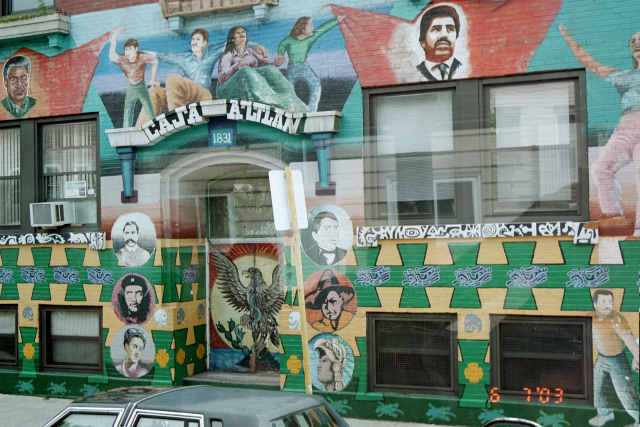










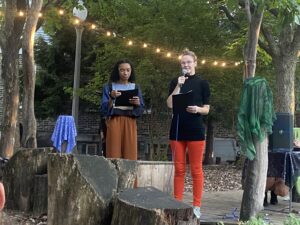
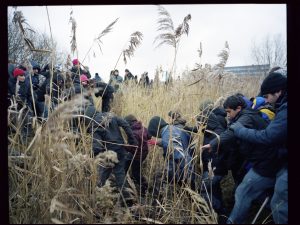

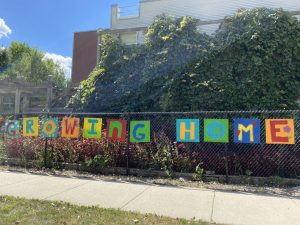
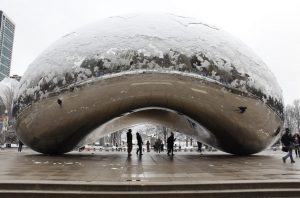

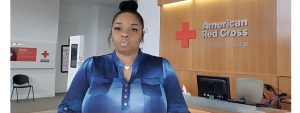
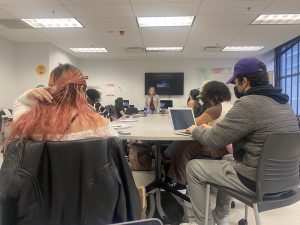


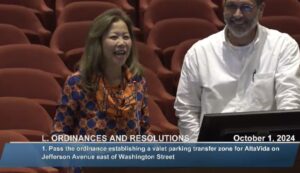


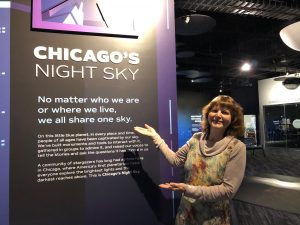
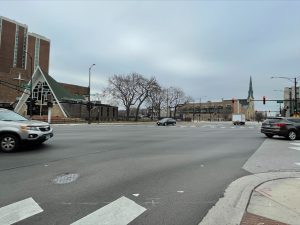
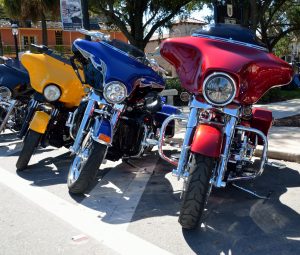

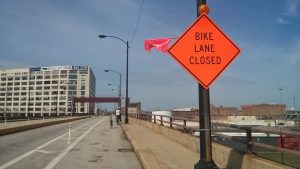
Be First to Comment